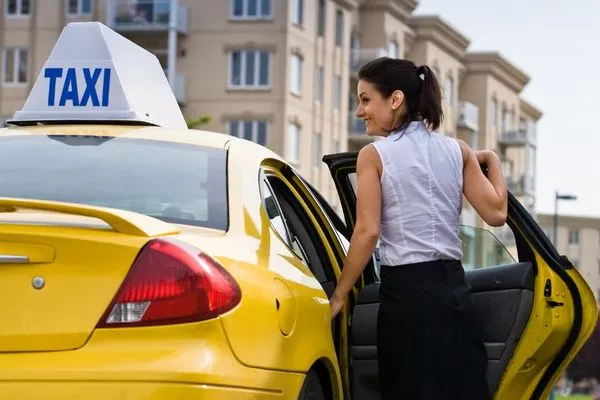Introduction: A Shift in Urban Mobility
Urban mobility has undergone a dramatic transformation over the past two decades. At the heart of this change is the evolution of modern taxi services. Once viewed as traditional and static, modern taxi services are now dynamic, tech-driven solutions reshaping how people move through cities. From mobile apps and ride-tracking to sustainable vehicle options, taxis are keeping pace with the changing expectations of urban commuters.
Technology Integration: The Game Changer
The adoption of GPS navigation, real-time tracking, and mobile payment systems has significantly improved customer experience.
- Real-time location tracking increases transparency
- App-based payments improve convenience
- Ride history and driver ratings enhance accountability
Meeting the Needs of Diverse Populations
Modern taxi services are designed with inclusivity in mind. Wheelchair-accessible vehicles, multilingual driver support, and options for booking by phone or app cater to a broader demographic than rideshare apps alone.

Reducing Congestion Through Regulation
Unlike some rideshare platforms, taxi services are typically subject to municipal regulations that aim to reduce traffic congestion. Licensing caps and designated taxi zones can help maintain a balance between service availability and city traffic flow.
Sustainability Initiatives in Urban Taxi Fleets
Many taxi companies are adopting hybrid or electric vehicles to lower their carbon footprint. Some cities offer incentives for taxi companies that upgrade to green fleets, contributing to cleaner urban air and reduced noise pollution.
The Future of Taxis in Smart Cities
As cities become smarter, taxis will likely play a vital role in integrated transport networks. With the potential for autonomous taxi fleets and seamless coordination with public transit, taxis remain an essential piece of the urban mobility puzzle.

